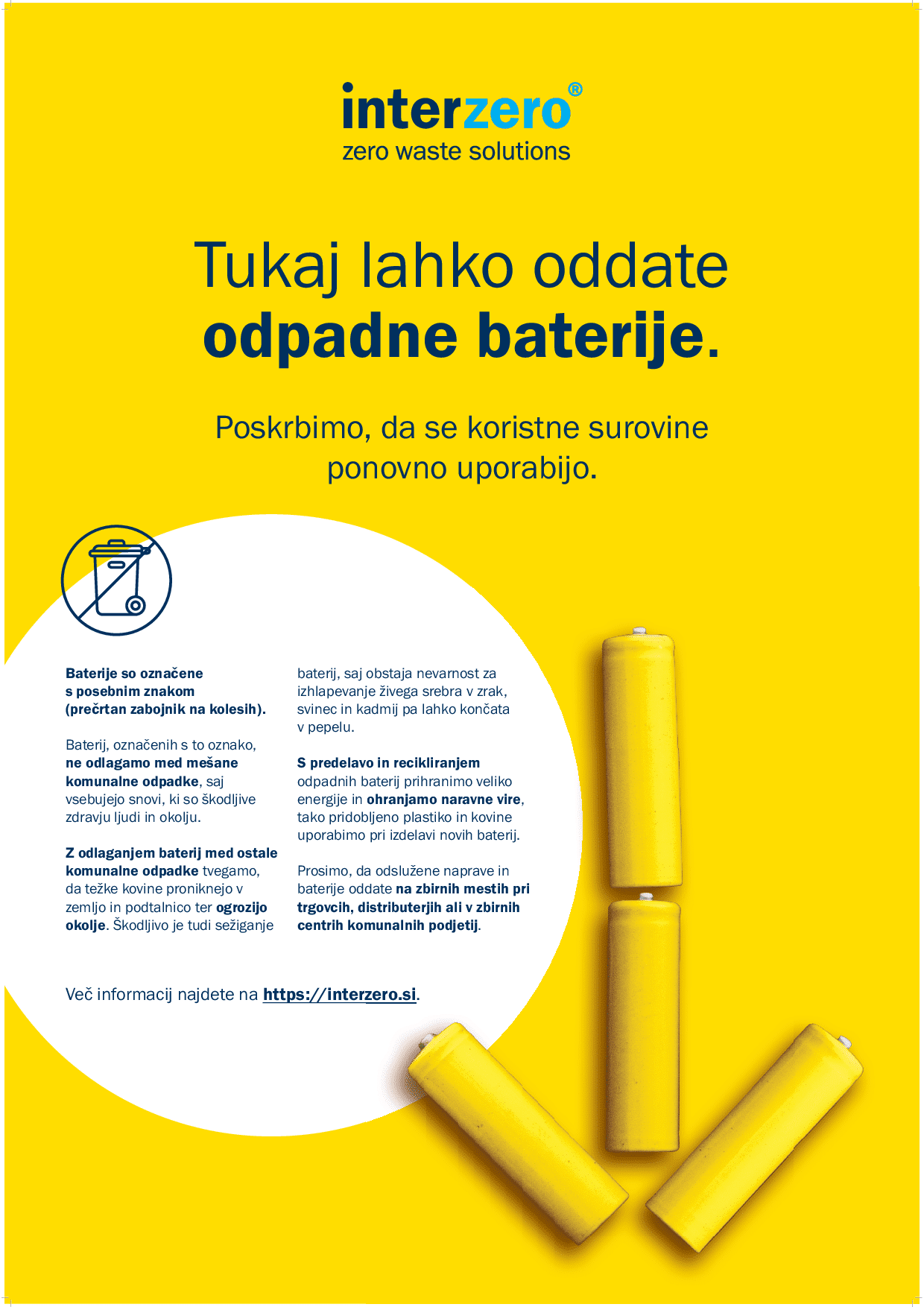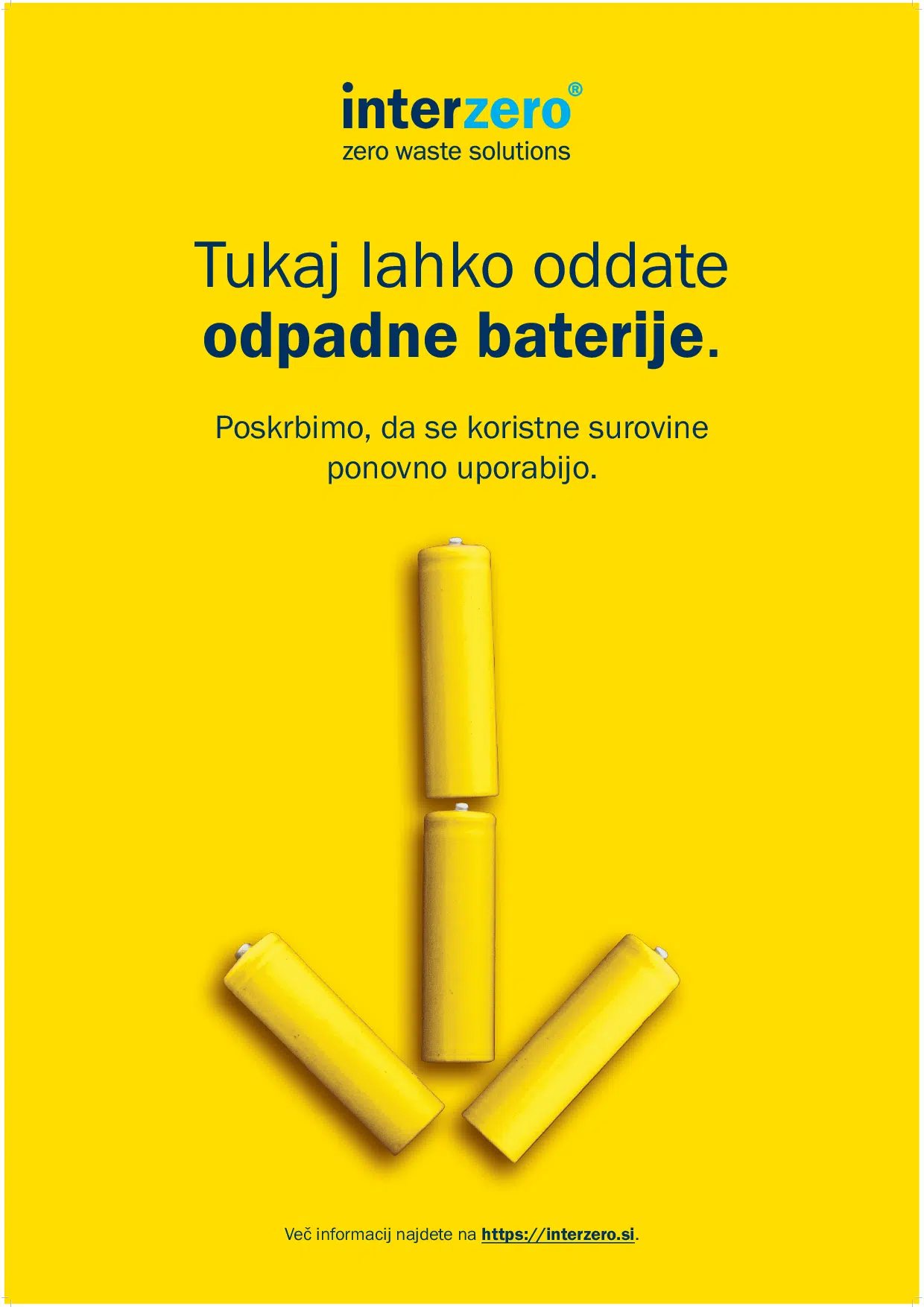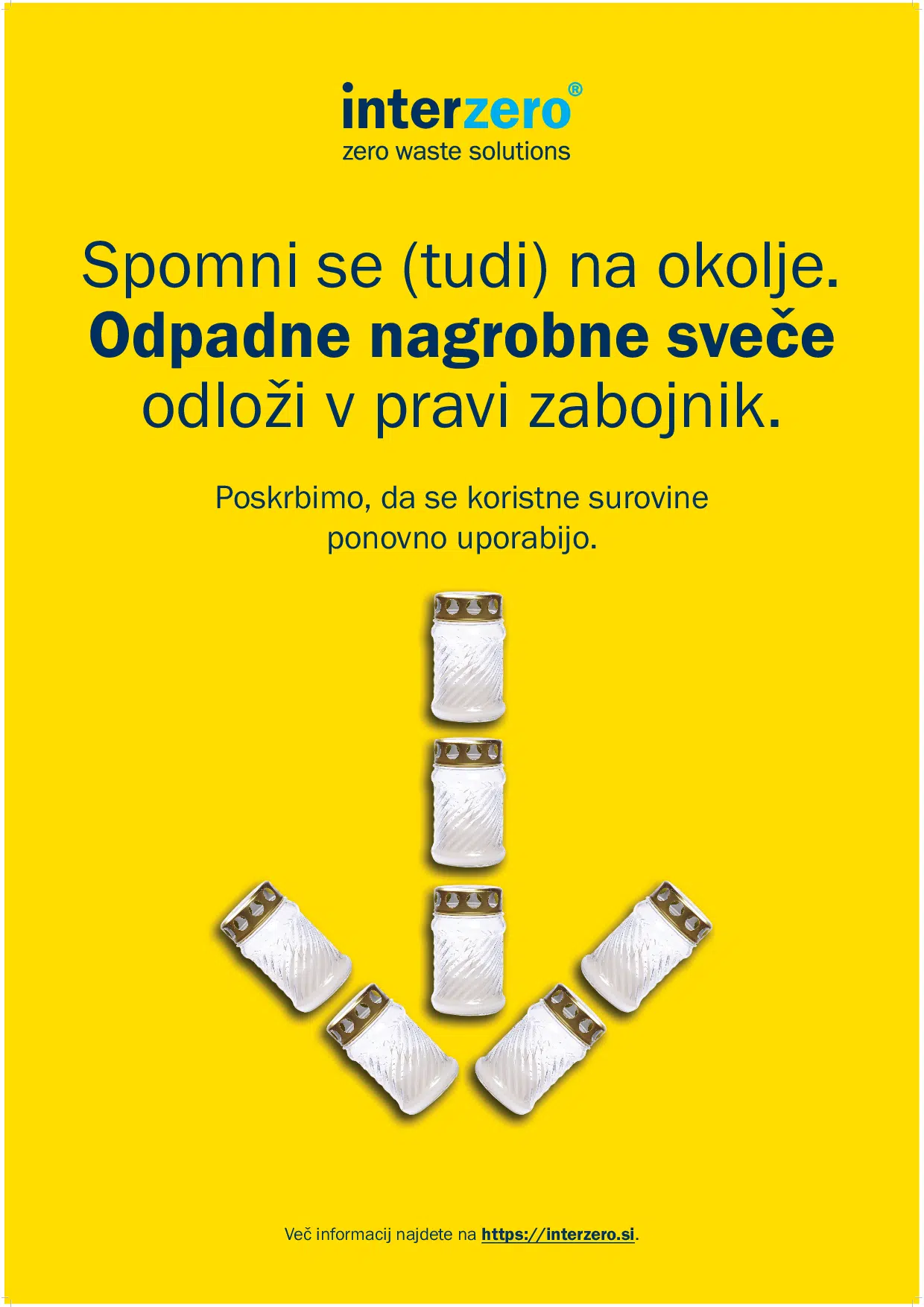Raising awareness among consumers, customers and employees
Click on the button to download a file with posters to raise consumer awareness on the correct disposal of waste batteries, WEEE and waste candles
More and more waste
As consumption rises, so does waste. A quick glance at our shopping trolleys reveals that a significant part of their contents will end up in packaging or other waste. When we buy new clothes and shoes, we have to make room for them in our wardrobes, so we tend to throw old pieces away. Discarded electrical and electronic equipment is also a growing part of our waste, and we can no longer imagine life without it.
The good news is that municipal waste is decreasing. Slovenia generated 7.7 million tonnes of all types of waste in 2020, a decrease of almost 9% compared to the previous year. On average, the average person in Slovenia produced 489 kg of municipal waste in 2020, 21 kg less than in 2019.
Despite an 11% decrease compared to 2019, construction waste still accounted for 59% of the total waste generated with 4.5 million tonnes. This was followed by municipal waste at 13% and thermal process waste at 12%. However, the amount of waste requiring special collection and disposal treatment for infection prevention is expected to increase by 37% in 2020. (Source: www.stat.si)
The data shows that we are paying more and more attention to the separation of waste that can be recycled and reused. But we are still far from the ideal of a zero-waste society. This vision envisages a shift from waste disposal to resource management. Waste can be a source of raw materials that can be reused.
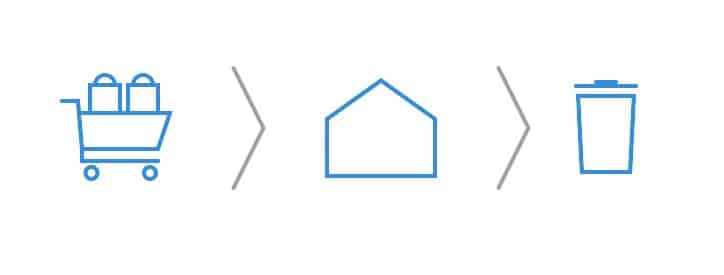

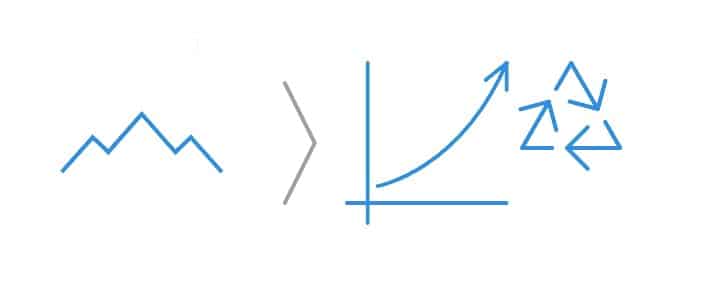
Harmful to health and the environment

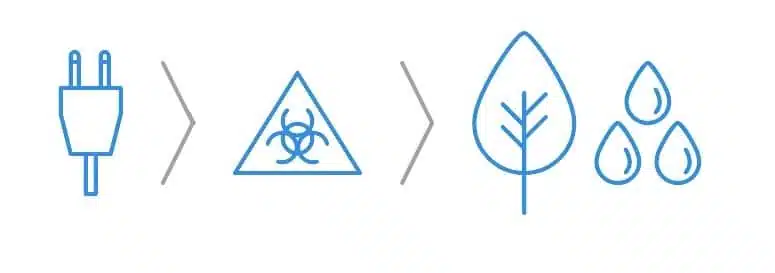

Some waste, such as end-of-life electrical and electronic devices, batteries, accumulators, etc., can endanger our health if disposed of improperly. Television sets often contain lead, which is harmful to health. Contact with lead-containing waste can endanger the kidneys, nervous system and reproductive organs of humans and, in the case of young children, mental development.
Electrical appliances such as fridges and freezers can contain gases that are harmful to the environment. Discarded batteries are also potentially harmful to the environment, as they can contain hazardous substances such as mercury and cadmium. Improperly disposed hazardous waste poses a risk to human health and the environment. Dangerous or toxic substances can contaminate groundwater or accumulate in organisms we eat.
By recycling and separating waste properly, each of us can contribute to reducing greenhouse gases in the atmosphere and thus to the fight against climate change.
Protecting natural resources
Natural resource stocks are limited and visibly depleting. One way to conserve natural resources is to recycle used products so that new raw materials can be recovered.
Global consumption of raw materials is currently around 70 billion tonnes a year, double the level of 30 years ago. Experts estimate that if the demand for raw materials will continue to grow at the same rate, it will be twice as high as today’s by 2030. The European Commission warns that we can no longer afford such wasteful use of resources. Over-exploitation of natural resources causes irreparable damage to the environment.
By reusing the raw materials we already use, we relieve the burden on the environment and preserve the climate. Recycling has the added benefit of creating new jobs, with the European Environment Bureau calculating that recovering 70% of waste could create more than 800 000 jobs in Europe by 2030.
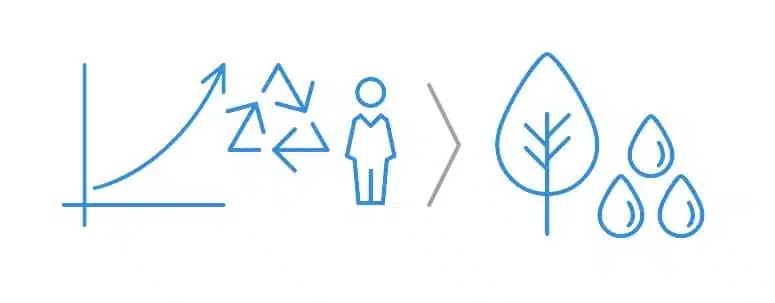
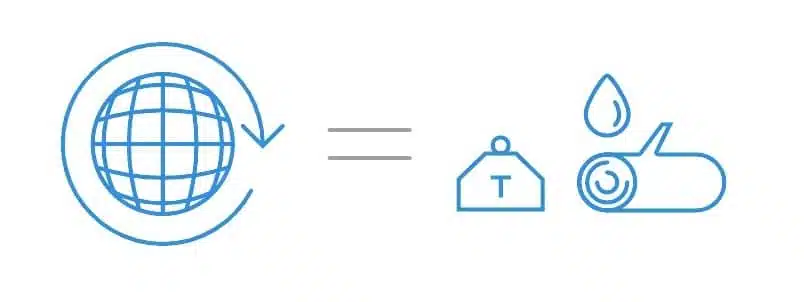
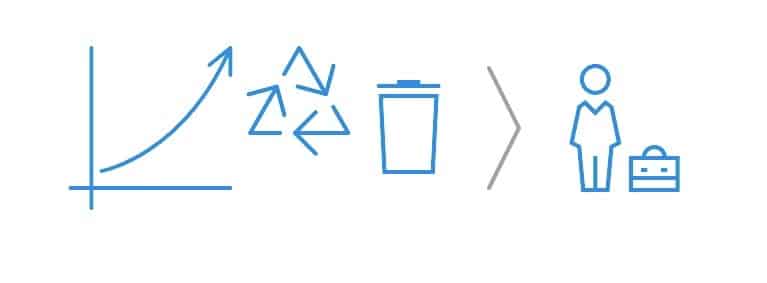
What can we do for you?
We help you run awareness campaigns for your customers, clients and employees.
Awareness-raising moments at the DM Run for Women
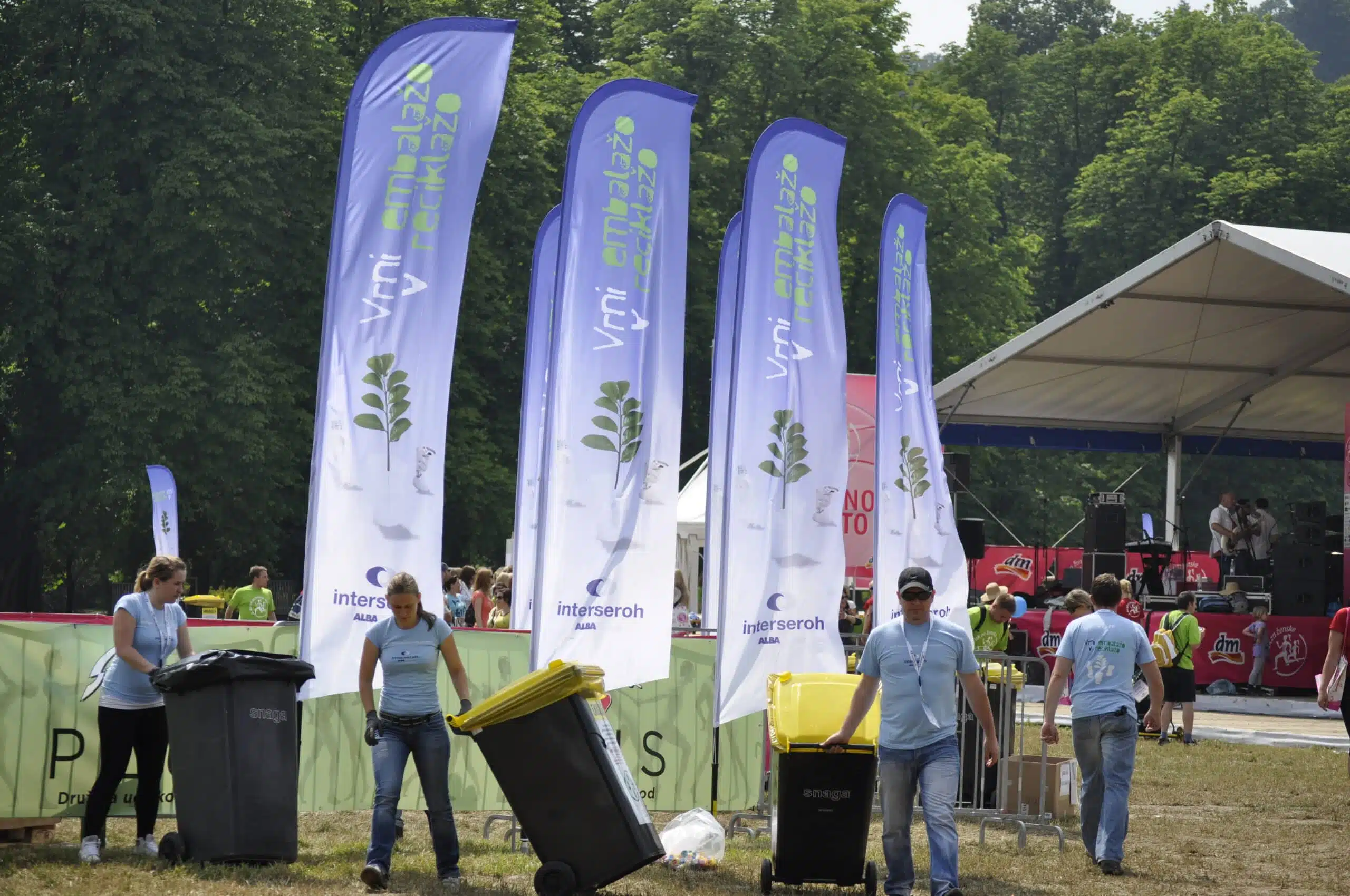
Interzero (then called Interseroh) participated in the DM Women’s Run, where our team raised awareness among participants and visitors about the importance of proper packaging waste disposal. With the slogan ‘Return packaging for recycling’, we spread awareness and collected a lot of plastic packaging waste and corks.
Raising awareness of parents and children in Mojca Kindergartens about WEEE collection

In 2022, in cooperation with the Mojca Kindergarten, we encouraged children and their parents to collect and dispose of waste electrical and electronic equipment responsibly. Our WEEE collection boxes were present in the cloakrooms of kindergartens, where parents and children disposed of their used electronic devices.
Awareness-raising highlights from the Student Arena
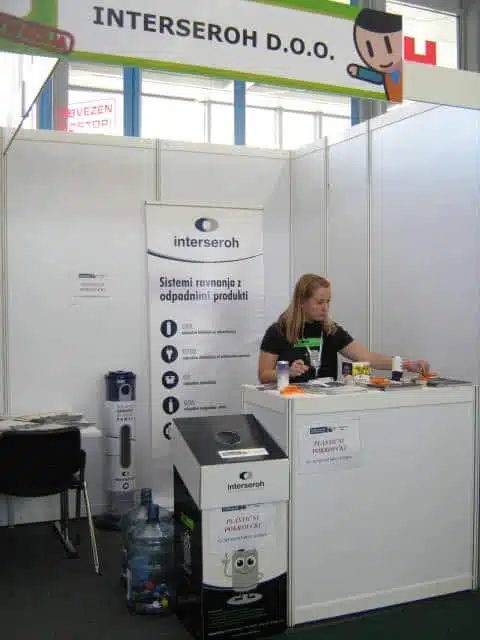
Interzero (then called Interseroh) was present at the Student Arena event. At our stand, we provided all students and other visitors with important ecological information and presented our innovative ways of dealing with waste products.
Awareness-raising highlights from the When Radovljica Comes to Life event
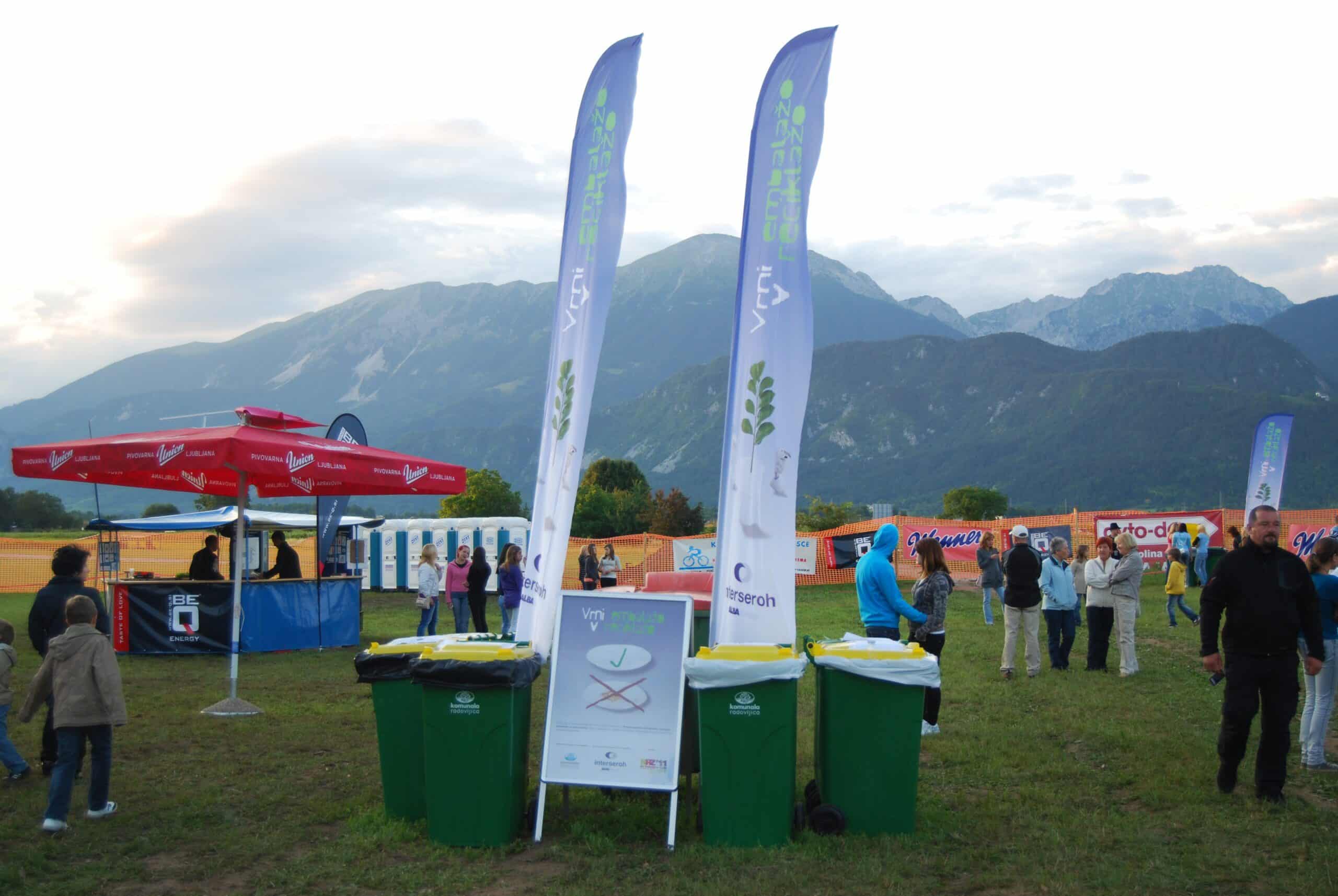
The popular local event Ko Radovljica zaživi (When Radovljica Comes to Life) was also attended by the Interzero team, who encouraged visitors to collect packaging waste properly and spread awareness with the slogan ‘Return packaging for recycling’.
